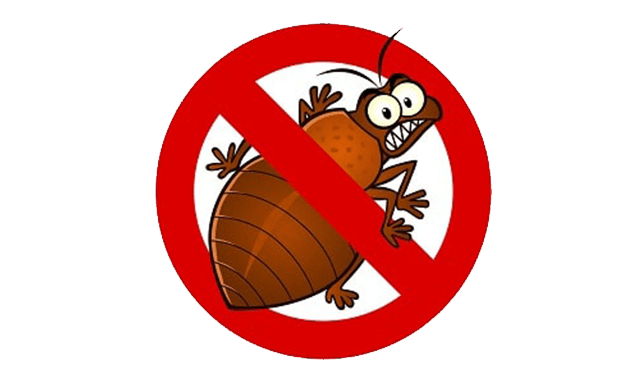Bed bugs are a distinct group of insects that represent pests with an incomplete transformation cycle. There are many species, each of which looks different. Among them, there are bright insects, discreetly colored (brown shade of chitinous shell), which depends on habitat conditions. Bed bugs live in water, in the street (fields, gardens, homesteads), and in people's homes.
The body structure is similar: mouthparts, 1 pair of antennae, 6 polynomial limbs, oval body, flat back.
Representatives of each species tend to settle down in suitable conditions. For example, bedding insects prefer comfortable room temperature and normal air humidity. Species that live outdoors endure more severe conditions. For example, they are not afraid of temperature fluctuations, as well as a decrease in the value of this parameter to critical marks.
Habitat conditions determine the length of life and affect the reproduction rate of pests. For example, there are many long-livers among domestic individuals - they last up to 1 year, and sometimes much longer (up to 18 months). Outdoor pests die faster. Only females are able to survive the winter, and sometimes young individuals. The lifespan of the male is much shorter, because his main task is to reproduce, to provide for his offspring.
Even if the female will make her own clutch throughout her life, she initially needs biological material to do so.
What all insects have in common is their ability to enter the diapause phase. However, the reasons for this are different. For example, individuals that represent house bug species are active throughout the year. However, in the prolonged absence of a food source, house bugs stop moving, mate, and do not develop. All internal body processes slow down. Insects can remain viable for many months. As soon as a person arrives, the pests will gradually come back to life.
They will leave bites on the body at the first opportunity.
The same processes develop during a severe cold snap. However, at home in humans the risk to enter diapause phase due to a strong decrease in temperature is low. In comparison, outdoor individuals do not find reliable shelter in a vegetable garden or a garden plot. They can survive the winter only through diapause. This is the only reason explaining how insects endure exposure to critically low temperatures.
Garden pests become active in the spring. This happens as soon as the air temperature rises enough for the air to warm up. The bugs immediately begin to feed and then mate. Larvae emerge as a consequence. The young pass through several developmental stages, each with a change in coloration. Bed bugs also develop sequentially. At each stage, the larvae increase in size by 0.5-1 mm.
However, the development of bed bugs depends very much on habitat conditions.
When it gets colder, all processes slow down. In a hot microclimate, on the contrary, they speed up.
Domestic bloodsuckers make nest-like nests. Adults and larvae hide here during the day, and insect eggs can also be seen. Feces (dark spots), old chitinous shells of larvae lost during molting are found. Outdoor individuals do not create such nests. They spend most of their time near a food source (e.g., plants). But they can also be found on the ground, grass, near fences, stumps, and trees.
The choice of habitats is determined by the variety of pests.
Bed bugs are not always dangerous. There are many species that do not harm people (they feed on other insects and aquatic life). But there are some that pose a real threat, such as triatoms (carry Chagas disease pathogens). Domestic parasites are less dangerous, but they contribute to allergies in people. Garden specimens do not harm people directly, they destroy plants and crops.
Different methods are used to kill insects:
- chemical;
- folk ways;
- professional pest control;
- physical methods.
Bed bugs can be poisoned with insecticide-based products. A milder method is to repel them with folk remedies. The most reliable option - disinfestation of the object, but it has disadvantages - the risk of poisoning, as a layer of toxic substance remains everywhere in the house. Treatment with a steam generator is a safe way. It helps to kill bed bugs at different stages of development.
It is important to use the equipment correctly, which will kill the germs inside the eggs, as well as not to hurt yourself with the hot steam.
